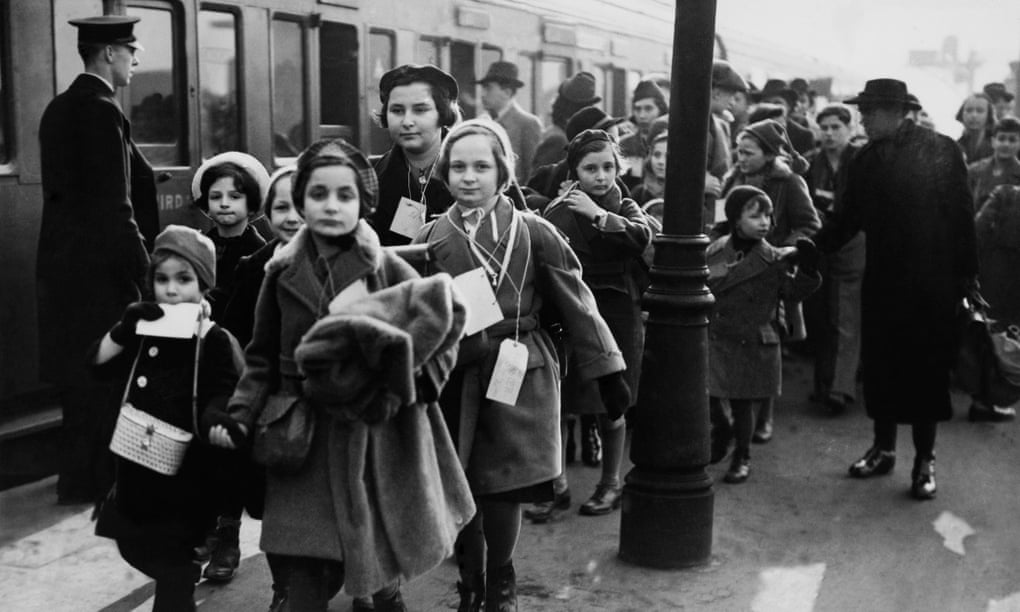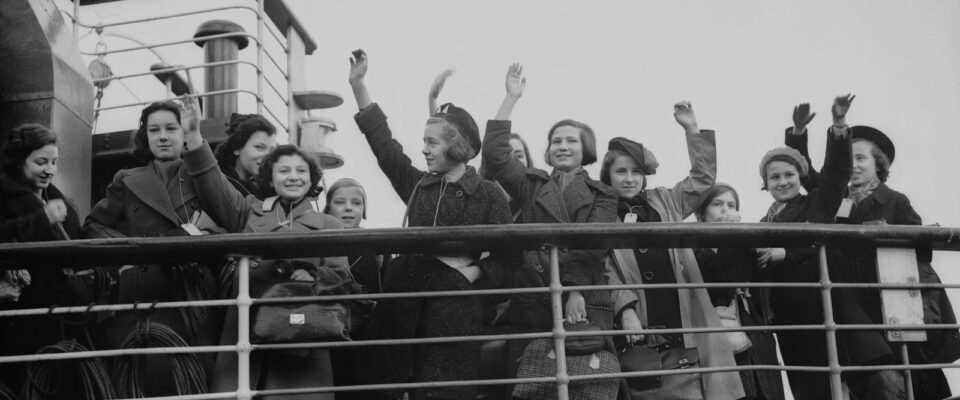The eve of the 9th of November 1938 in Germany represents one of the darkest events in history, Kristallnacht (the Night of Broken Glass), as it would come to be named, was a violent pogrom which directly targeted the Jews leading to over 91 people being murdered, more than 1,400 synagogues being desecrated and torched across Germany and Austria, Jewish-owned businesses destroyed and approximately 30,000 Jews were detained and taken to concentration camps.

Quickly following the events of Kristallnacht, the constant efforts of aid committees in Great Britain, notably the British Committee for the Jews of Germany and the Movement for the Care of Children from Germany, spurred on by British public opinion were able to get the British government to ease restrictions on immigration for Jewish refugees of a particular category. According to governmental decision, a non-specified amount of children who were under the age of 17 would be allowed to enter Great Britain on temporary travel visas from German-annexed territories such as Austria and Czech territory and from Germany itself. Within the governmental regulation it was decided that private citizens and/or organizations would be required to guarantee financial support for the care of each child, their education and also payment for transport back to their points of origin. It was the belief of the British government that once the humanitarian crisis in Germany was over, these children would be able to return to their families. A condition of this visa was that parents or guardians would not be allowed to accompany their children.
The Kindertransport Rescue Operation
On December 2nd, 1938, almost a month after Kristallnacht, the first Kindertransport, containing within it 200 displaced children from a Jewish orphanage in Berlin that was destroyed during the pogrom, arrived in Harwich. In Germany, it was the Reich representation of Jews who coordinated the transports up until early 1939 when the Reich Association of Jews in Germany and the JCO of Vienna took over the coordination efforts. These organizations gave priority to children with a more urgent emigration status on account of their parents or guardians being in concentration camps and therefore no longer able to care for them. Another priority were homeless children and orphans. Since the regulations states that no Jewish adults were allowed to board the kindertransports, the older children would care for the younger ones during their long arduous journeys.

The fortunate children chosen for transport to Great Britain normally traveled by train to Belgian and Dutch ports from which they would make their way to Harwich by sea. The final Kindertransport left Germany on the 1st of September 1939 upon the outbreak of World War II. The last convoy from the Netherlands to Britain left on the 14th of May 1940, also the day that the Dutch military issued their surrender to Nazi forces.
Life in Britain
In total, the Kindertransport operation was able to bring between 9,000 to 10,000 children refugees, from Austria, Czechoslovakia, Poland and Germany to Great Britain. Over 7,500 of these children were Jewish. Some children already had pre-assigned sponsors and these were normally taken to London to said sponsors. Those who did not have sponsors upon arrival were normally housed in summer camps until the time host families or schools could be arranged for them. Most of the children who arrived had very limited, if any English-speaking capabilities and thus underwent a short course before being integrated into the British workforce, normally working in domestic service or agricultural work.

Some of the children who were in Britain long enough to turn 18, hearing of the atrocities of the Nazi regime decided to volunteer for either the British or Australian military, taking arms against the Nazis.
While most Kindertransport children were spared, a “Fifth Column” driven hysteria ran rampant, spurring fear of Nazi sympathizer activity within Britain, leading to the internment of more than 1,000 Kindertransport children over the age of 16 who were temporarily classified as enemy aliens. Some children were interned on the Isle of Man, others were shipped to Canada on PoW vessels, notorious for their harsh and overcrowded conditions.
After the War
After Nazi surrender and the end of World War II, many of the Kindertransport children naturalized and became British citizens. Others emigrated to the United States, Canada, Australia and also Israel once it was established in 1948. The parents and family members of most children were murdered during the holocaust by the Nazis, meaning they would never see their families again.
In order to maintain remembrance, the Kindertransport Association, based in New York, was established in 1989, charged with educating the public about this period within Holocaust history.

